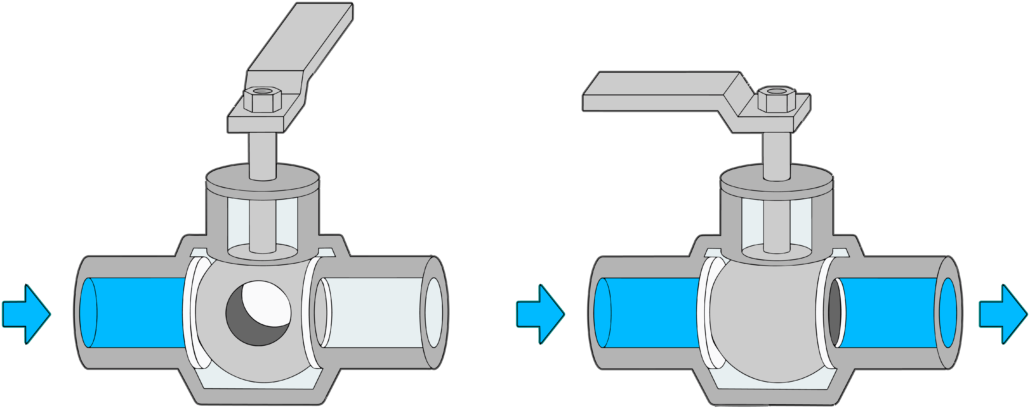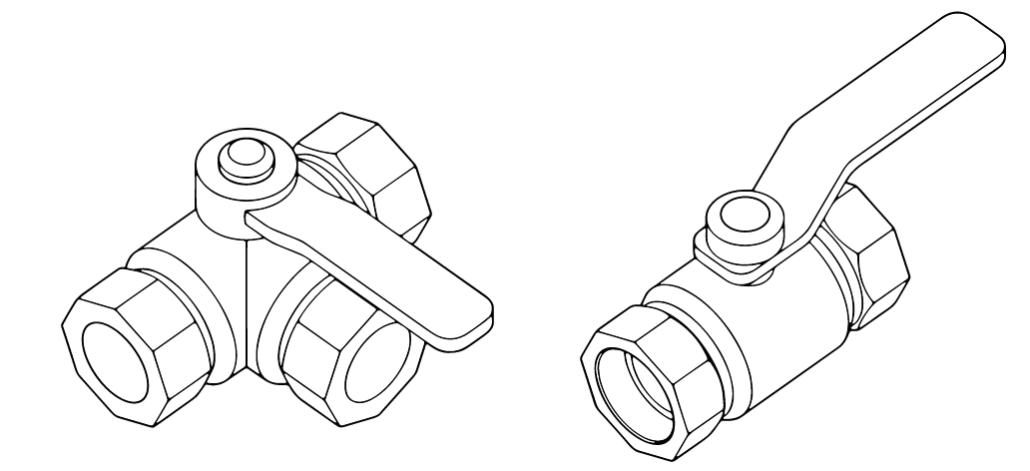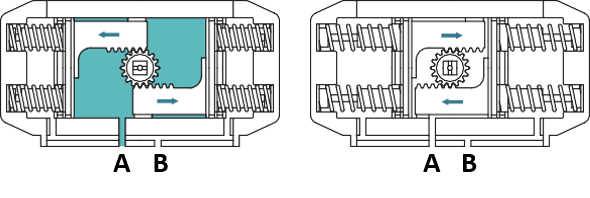PVC ball valves play a crucial role in controlling fluids in many systems. Recognized for their strong resistance to chemicals, cost-effectiveness, and straightforward installation process, they’re used in numerous sectors. Let’s delve into their characteristics, advantages, and primary applications.
FEATURES OF PVC BALL VALVES :
-
- Material: PVC ball valves are made from Polyvinyl Chloride. This is a type of plastic that’s well-known for its strong resistance to various chemicals.
- Weight: Being made of PVC, these valves are light, which makes them easier to handle and install.
- Resistance to Corrosion: They stand up well to a wide range of chemicals, acids, and bases, meaning they don’t corrode easily.
- Effective Sealing: When closed, PVC ball valves offer a tight seal, ensuring no unwanted fluid leakage. 📸 (A visual showcasing the sealing feature would be appropriate here.)
- Fluid Flow: The inside design of these valves promotes a smooth and unrestricted flow of fluids.
BENEFITS OF PVC BALL VALVES :
-
- Resistance to Chemicals: Their strong resistance to various chemicals makes them a top choice for environments where corrosive fluids are present.
- Cost-Effective: PVC, being a cost-friendly material, means that these valves are more affordable than many metal alternatives.
- Ease of Installation: Their lightweight nature means installing them is straightforward, without the need for heavy-duty supports.
- Minimal Maintenance: Once installed, PVC ball valves generally require very little upkeep.
- Electrical Insulation: PVC has good insulating properties, so these valves are also suitable for some electrical uses.
APPLICATIONS OF PVC BALL VALVES :
-
- Chemical Processing: They are a common sight in chemical plants where there’s a need for safe fluid control.
- Water Treatment: Their corrosion resistance and efficient fluid flow make them ideal for use in water treatment facilities, including wastewater plants. 📸 (An image of a water treatment plant highlighting PVC ball valves would be beneficial.)
- Agriculture: They are frequently used in farming, especially in irrigation systems to control water flow reliably.
- Swimming Pools: These valves are part of pool filtration systems due to their chemical resistance and efficient flow control.
- Aquaculture: In systems that manage water for fish farming, PVC ball valves are the preferred choice.
CONCLUSION :
PVC ball valves, with their blend of chemical resistance, affordability, and user-friendly nature, are a valuable tool for diverse applications. Their dependable performance in different environments—from chemical plants to swimming pools—underscores their importance in fluid control systems.



 Air to port A forces the pistons outwards, causing the springs to compress, The pinion turns counterclockwise while air is being exhausted from port B.
Air to port A forces the pistons outwards, causing the springs to compress, The pinion turns counterclockwise while air is being exhausted from port B.